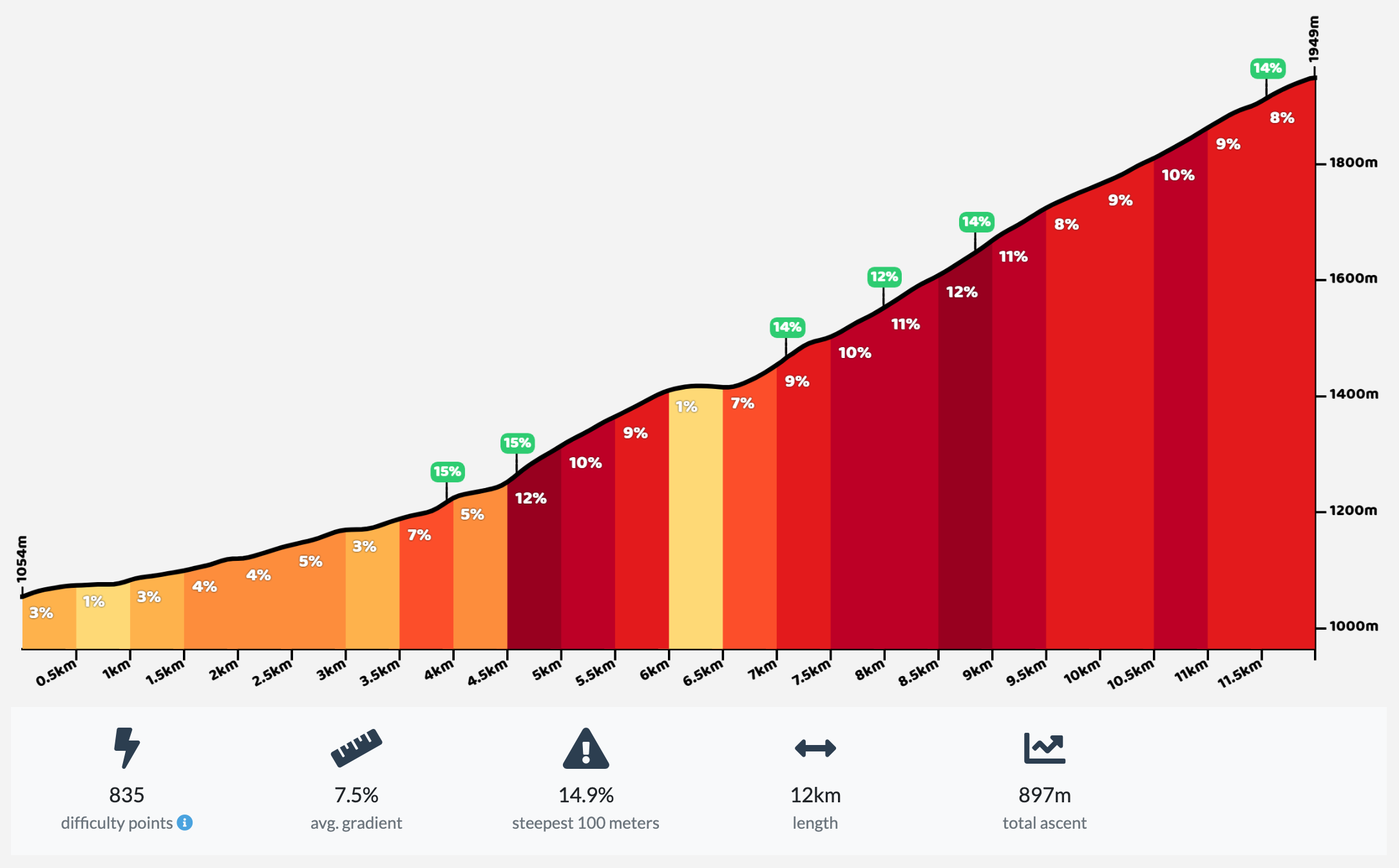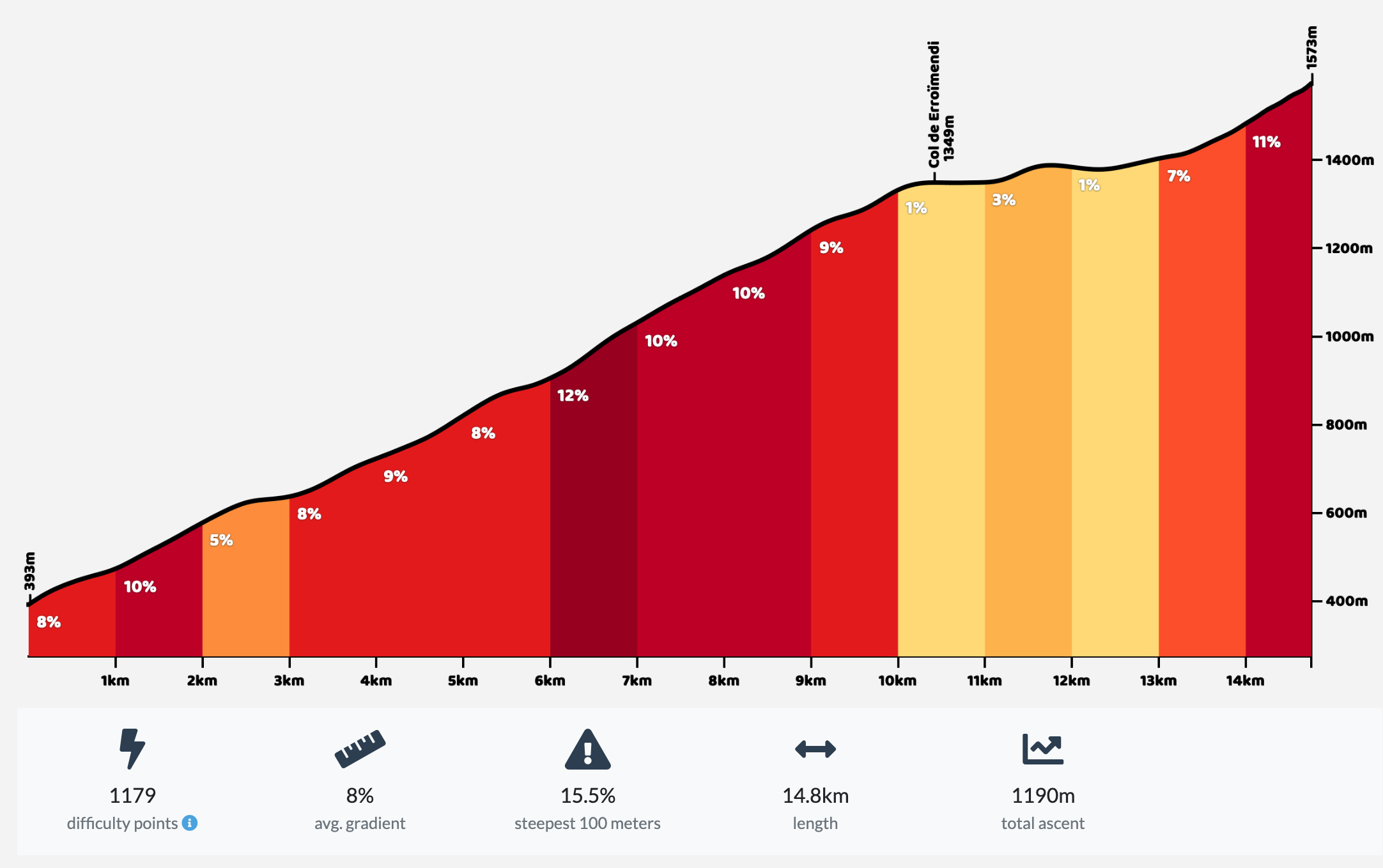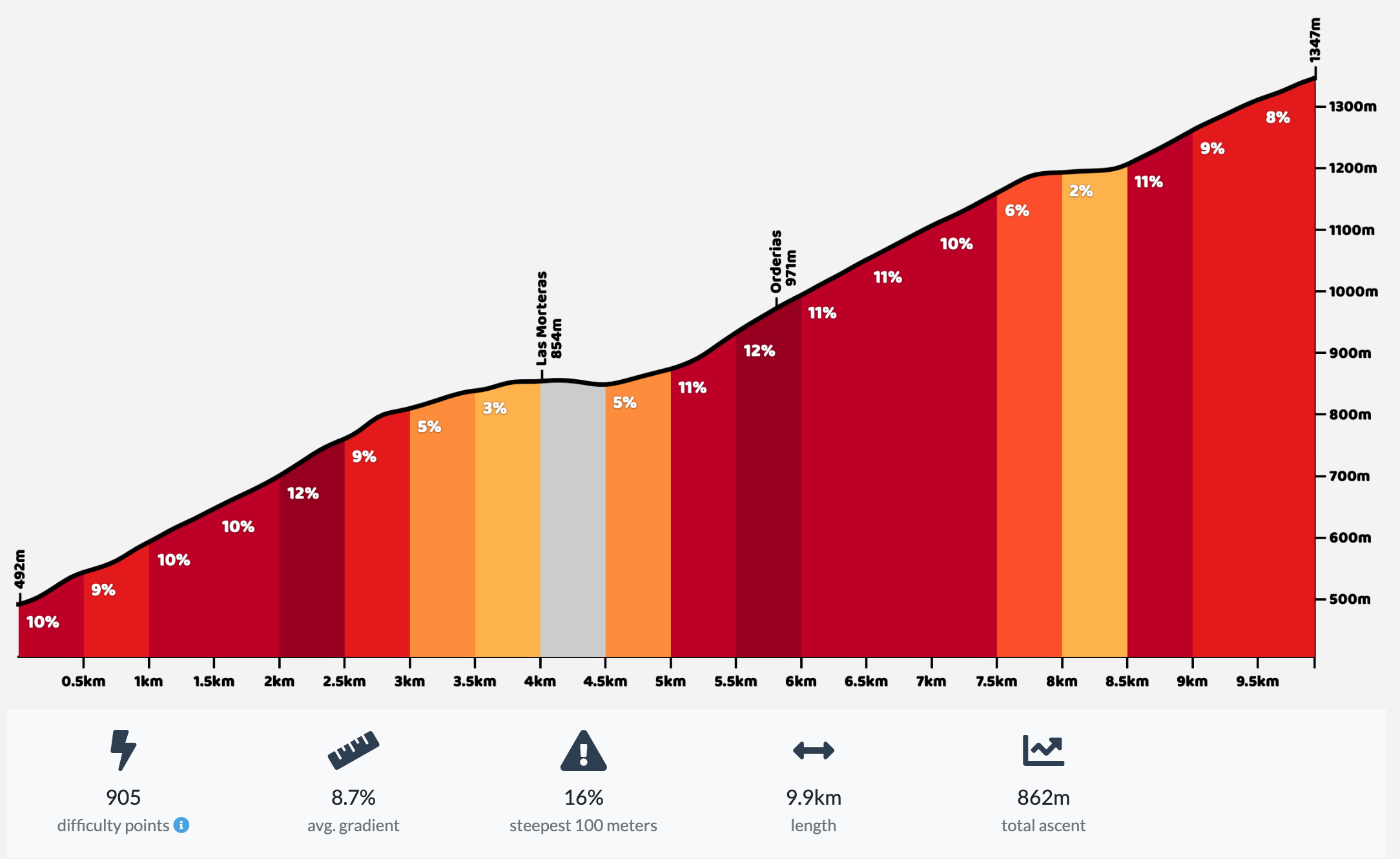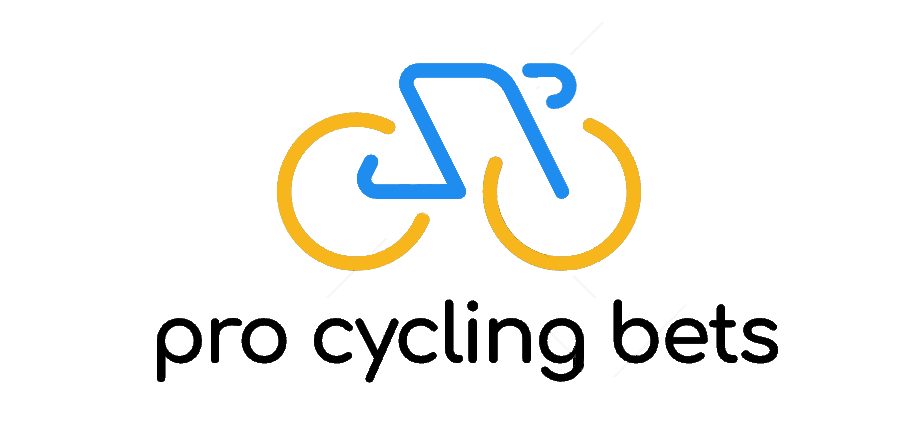What's a fake news climb?

A fake news climb is akin to judging a book by its cover. Sometimes a cover speaks volumes, but often times it doesn't. A fake news climb is a climb where its outward average gradient masks a much harder actual ascent.
We've been guilty of judging a climb like this if we're short in time. But thankfully we're also not DS's of World Tour level teams. If DS's were to make the same mistake, it could prove disastrous for a team's prospect on the day of the climb.
Here are three examples from the upcoming 2023 La Vuelta of fake news climbs
Observatorio Astrofisico de Javalambre - 7.5%
Something seems fishy doesn't it? Yes. It most certainly does. While the roadbook states this as a 7.5% average climb. The first 4.5km of roughly 4% really pulls that average down. There's a 1.5km section that's at around 11% that starts at 4.5km, a levelling out, and then 5km more of gradients of around 10%.
You can clearly see the "fakeness" of the outward 7.5% average gradient. It doesn't do the climb justice to truly its difficulty.

Puerto de Larrau - 8%
We would be none too pleased if someone had told us this climb was only 8%. Drop them on the middle section of this climb and see how they feel. Or maybe the last 1km when we've already done 14. That's a solid 11%.

San Lorenzo - 8.7%
This is a quite common climb profile in mountainous regions, where climbs are interspersed with levelling out points, either for a partial valley, a lake, or just a change in direction.
But obviously the majority of the actual climbing of San Lorenzo is above 10% - which is brutal if you think about doing that for 10km.

Conclusion
In conclusion it's not just the enhanced gradient sections that are within a climb that can make it more difficult. The number of bends, the surface, and undulation all play into what makes a climb challenging.
We don't have unlimited time so we may still rely on the average gradients from time to time, but it's worth delving deeper into a climb if you're doing serious research.
